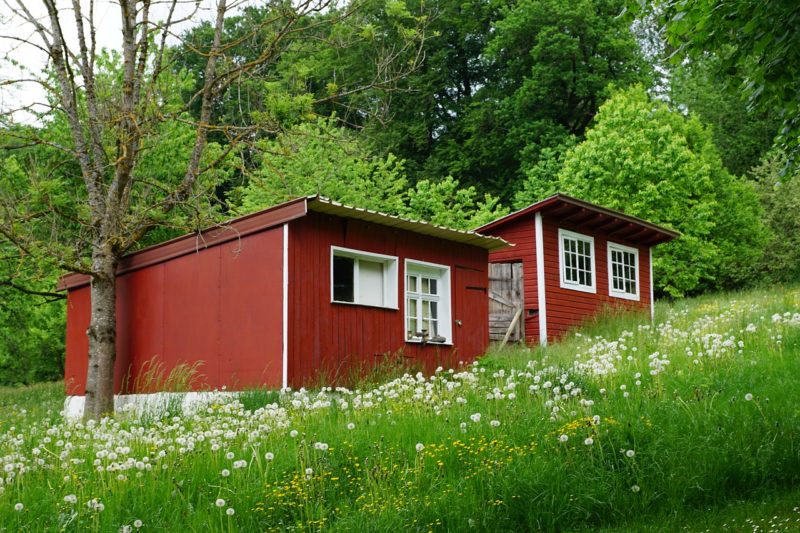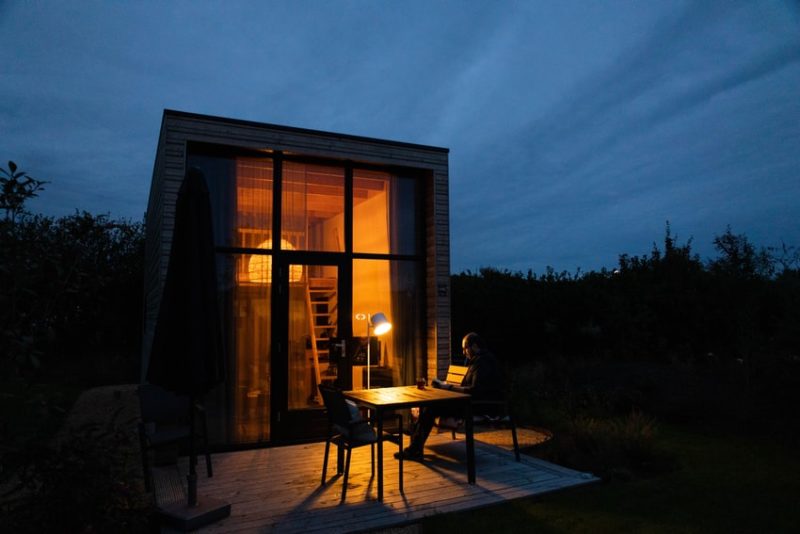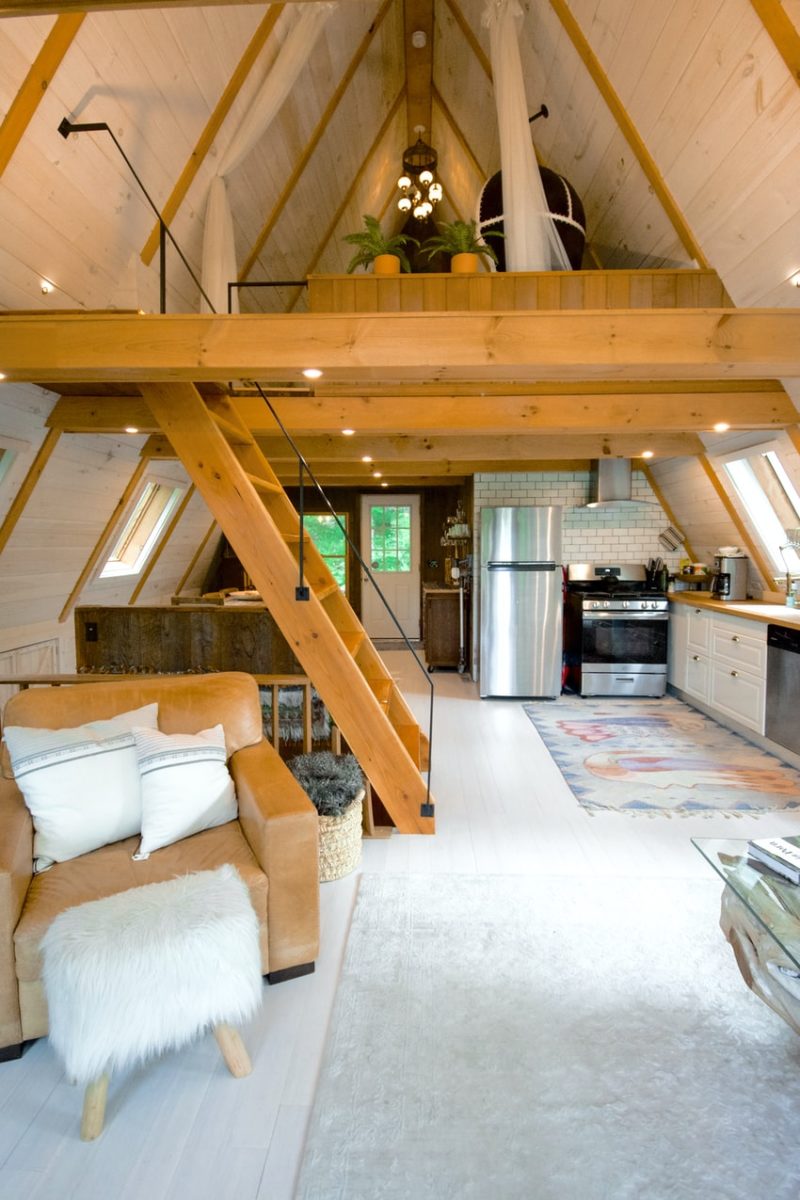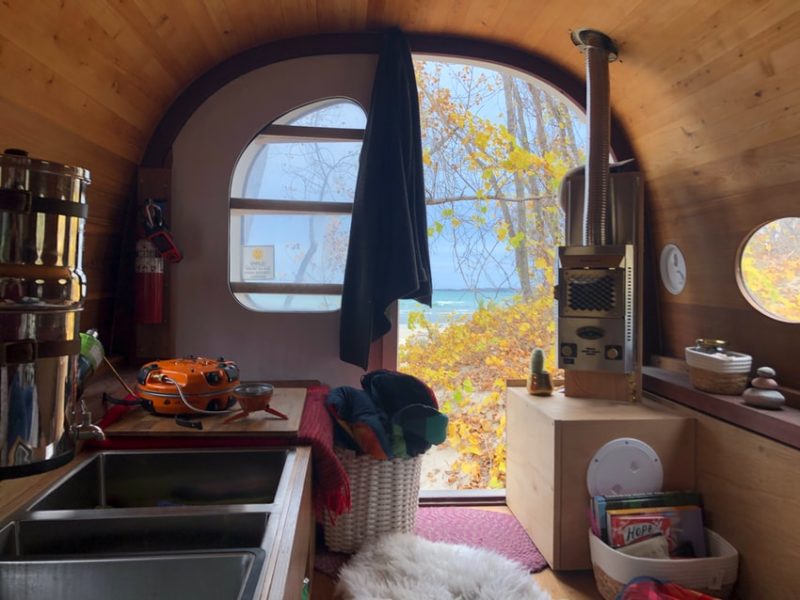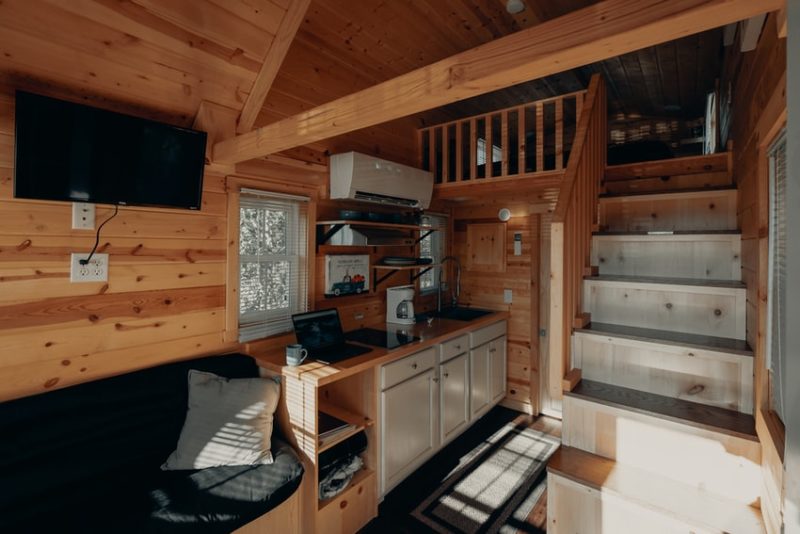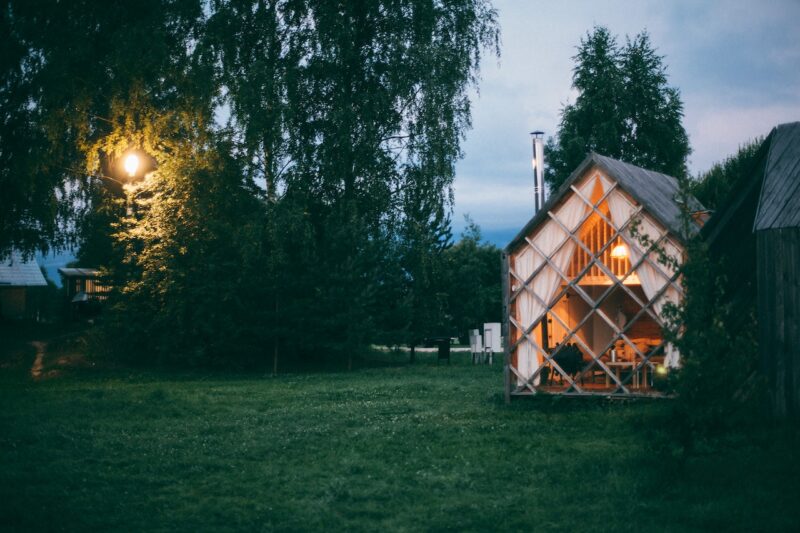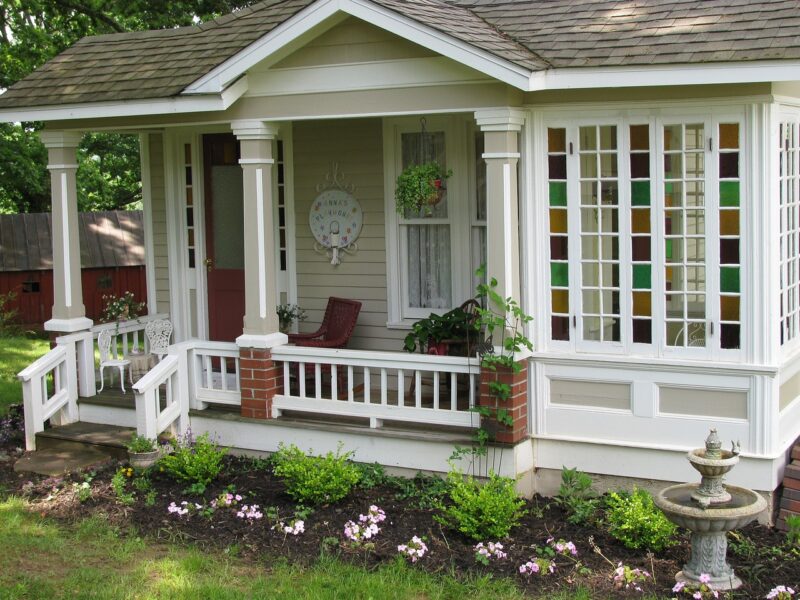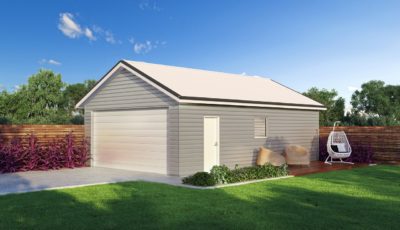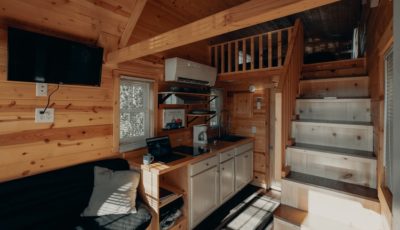5 Rules and Regulations to Consider Before Building a Tiny Home
Please note: The following article is intended to provide general information and guidance on building a tiny home. It is important to research and comply with local laws and regulations before undertaking any construction project.
Introduction to Building a Tiny Home
Building a tiny house has become an increasingly popular option for those seeking a simpler, more sustainable lifestyle. With their compact size and efficient design, tiny houses offer a unique opportunity to live with less and minimize our environmental footprint. However, before embarking on your tiny home journey, it is crucial to understand the rules and regulations that govern the construction process. In this article, we will explore the essential rules and regulations to follow when building a tiny home, ensuring a smooth and legal process.
Understanding the Rules and Regulations
Before diving into the construction of your dream tiny home, it is essential to familiarize yourself with the rules and regulations that apply to your specific location. Building codes can vary significantly from one jurisdiction to another, so it is crucial to research and understand the requirements in your area. A good starting point is to contact your local building department or planning office to inquire about any specific regulations regarding tiny houses. They can provide you with invaluable information on permits, zoning requirements, and any other legal considerations you need to be aware of.
Researching Local Building Codes
Researching local building codes is a vital step in ensuring compliance and avoiding potential legal issues during the construction of your tiny house. Building codes typically cover aspects such as minimum size requirements, structural regulations, safety standards, plumbing, electrical systems, and more. Make sure to obtain a copy of the relevant building codes and carefully review them. It may be helpful to consult with a professional architect or contractor who is familiar with tiny home construction to ensure that your plans align with the local building codes.
Essential Rules and Regulations to Follow
When deciding on how to build a tiny house, there are several essential rules and regulations that you must follow to ensure compliance with the law. One crucial aspect is obtaining the necessary permits. Building permits are typically required for any construction project, including tiny homes. They ensure that your project meets safety standards and that it adheres to local building codes. Failure to obtain the required permits can result in fines, delays, and even forced removal of the structure. Additionally, zoning regulations dictate where you can place your tiny home, whether it can be on a permanent foundation or wheels, and if it can be used as a primary residence or as an accessory dwelling unit (ADU).
Building Permits and Zoning Requirements
Obtaining the proper building permits and complying with zoning requirements is crucial when building a tiny house. Building permits involve submitting detailed construction plans, paying fees, and undergoing inspections at various stages of the project. Zoning requirements, on the other hand, determine the location and land use regulations for your tiny home. It is essential to check if your property is zoned for residential use and whether there are any restrictions or special permits required for tiny houses. Understanding these regulations will help you avoid potential legal issues and ensure that your tiny home is built in a compliant and safe manner.
Safety Considerations for a Tiny Home
Safety should be a top priority when building a tiny house. Due to their small size and unique design, certain safety considerations must be taken into account during the construction process. For example, proper insulation and ventilation are crucial to prevent moisture buildup and mold growth. Electrical systems should be installed by a licensed electrician and meet all safety codes. Additionally, fire safety measures, such as smoke detectors and fire extinguishers, should be incorporated to ensure the well-being of the occupants. It is also essential to consider the structural integrity of the tiny home to withstand various weather conditions and potential hazards.
Tips for Designing and Constructing a Tiny House
Designing and constructing a tiny home requires careful planning and attention to detail. Here are some helpful tips to guide you through the process:
- Maximize Space: Utilize clever storage solutions and multifunctional furniture to make the most of limited space.
- Consider Off-Grid Options: Explore renewable energy sources and sustainable systems to reduce reliance on traditional utilities.
- Prioritize Quality Materials: Invest in durable and eco-friendly materials to ensure the longevity of your tiny house.
- Get Creative with Design: Think outside the box and incorporate innovative design elements to personalize your tiny home.
- Consult Professionals: Seek advice from architects, contractors, and experienced tiny house builders to gain valuable insights and expertise.
Budgeting and Financing a Tiny Home Project
Budgeting and financing are significant considerations when embarking on a tiny home project. While building a tiny house can be a cost-effective alternative to traditional housing, it is essential to carefully plan and budget for all expenses. Consider factors such as land acquisition, materials, labor costs, permits, and any additional features or amenities you desire. Explore different financing options, such as personal savings, loans, or crowdfunding, to determine the best approach for your financial situation. It is also advisable to keep a contingency fund to account for any unexpected expenses that may arise during the construction process.
Resources for Learning More about Building a Tiny House
If you are eager to learn more about building a tiny house, there are numerous resources available to guide you through the process. Online communities, forums, and social media groups dedicated to tiny house enthusiasts provide a wealth of knowledge and support. Additionally, there are books, documentaries, and workshops that offer valuable insights into tiny home construction, design, and lifestyle. Connecting with like-minded individuals and experts in the field can provide inspiration, advice, and practical tips to help you successfully navigate the journey of building a tiny home.
Conclusion: Start Your Journey to Building a Tiny Home
Building a tiny home is an exciting and rewarding endeavor that allows you to create a personalized and sustainable living space. By understanding and adhering to the essential rules and regulations, you can ensure a smooth and legal construction process. Researching local building codes, obtaining the necessary permits, and considering safety measures are crucial steps in building a tiny house that is both compliant and safe. With careful planning, creative design, and diligent budgeting, you can embark on a journey to build your dream tiny home and embrace a simpler, more intentional way of living.

